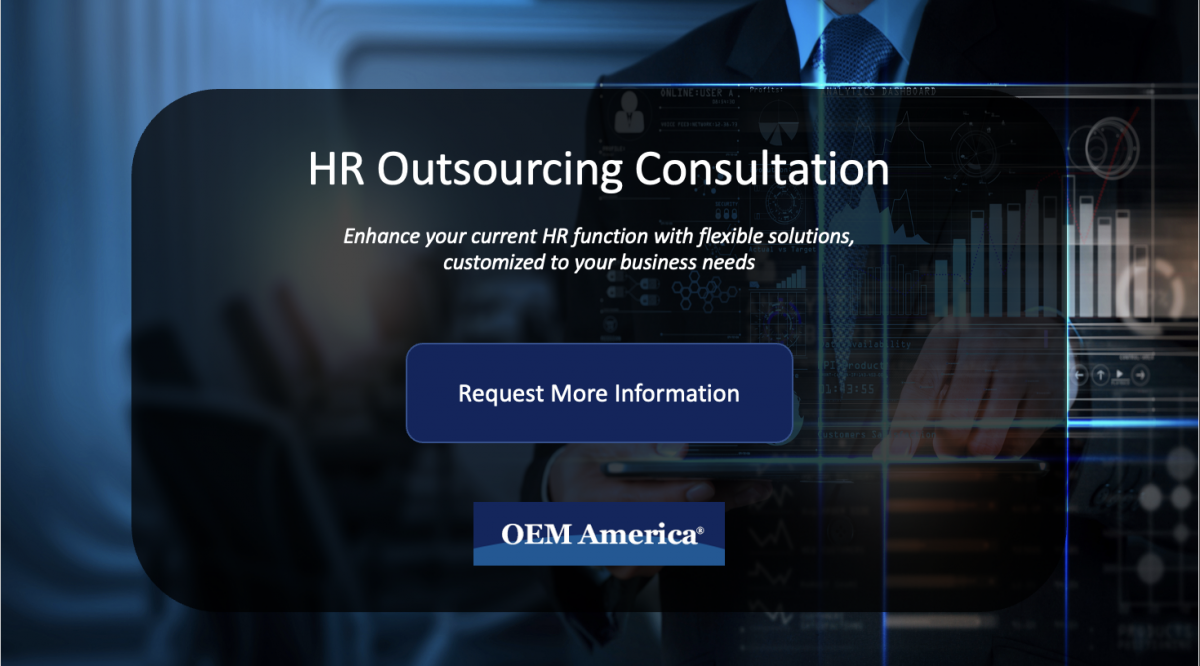How to Outsource HR Using the PEO Option
Working with a PEO can save you a lot of time, money, and added stress that comes with human resource responsibilities. A PEO (Professional Employer Organization) ensures your HR troubles will be handled efficiently, so you can focus on growing your company to its full potential.
Choosing the Right PEO for You
There are a few responsibilities on your part as the business owner to choose a PEO to outsource your HR. The job of an outsourcing company is to handle functions such as payroll, administration of benefits, employee management and risk management. Depending on the needs of your company, you can choose what you want outsourced, and what you want done in-house.
Along with determining your outsourcing needs, you want to find a reputable company that has experience working with other clients in your field, so they understand the environment of your company. Consider recommendations or referrals from other companies to determine their reputation, as they are going to be working as an extension of your business.
Informing Your Employees
Having a meeting with your employees is a good idea in order to communicate the changes that will be made by outsourcing certain HR functions. It’s important to inform your employees of the change so they aren’t left in the dark about who to go to for future questions or concerns. Working with a PEO can actually give them access to a larger array of benefits and affordable rates, so be sure to address them specific functions your outsourcing provider is handling.
Should they have concerns about security or customer service, provide reassurance that your PEO is committed to maintaining employee privacy, and getting answers to your employees in a timely manner so you and your employees to focus on the day-to-day responsibilities of running your company.
Making the Transition
You not only want to communicate the transition with your employees, but with the PEO as well. It’s important you understand the details of this co-employment agreement, such as the contract and obligations you have to meet. Some PEOs require an upfront advance of payroll and insurance premiums from their clients, meaning they may require you to pay a certain percent of your payroll and benefits expenses in a single period. This may disrupt your cash flow, so it’s important you are prepared for the transaction and any changes the adjustment is initially going to make.
Talk with your PEO to develop a smooth transition plan. Organizing enrollment and updates will ensure your employees won’t experience any differences in their pay or benefits once the PEO is brought on board. Make sure your PEO understands the change being made to your business, and see if they offer a comprehensive onboarding process or team to help you with the transition.
Track Your Progress
Hiring a PEO is supposed to help your company in more ways than you may realize. Outsourcing success relies on setting goals such as reducing budgets, improving payroll accuracy, or reducing health insurance costs. A PEO should help you reach these goals, so regularly measuring your progress can ensure you are getting the most value from your PEO partner. Work with them to determine any changes or adjustments that need to be made in order to optimize the function of your outsourcing.
Outsourcing HR functions can be a lot to coordinate at first, but the payoff should be worthwhile. Bringing a PEO on board can help you focus more time and energy on the function of your business and your employees, and put you at ease knowing your HR functions are being handled in a more efficient and organized system than before.
Go Back
